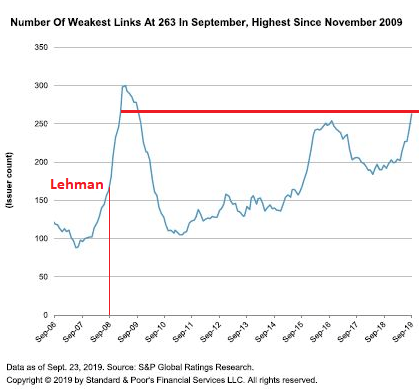Understanding the Weakest Link in Team Dynamics and Security

Introduction
The concept of the ‘weakest link’ is an important principle in both team dynamics and security. It refers to the notion that in any system, the overall strength is determined by its weakest component. This is particularly relevant in today’s complex environments where collaboration, cybersecurity, and operational efficiency are paramount.
Weakest Link in Team Dynamics
In a corporate setting, the ‘weakest link’ may refer to an individual or a process that can impede a team’s performance. According to a recent study by the Institute for Corporate Productivity, teams with balanced skills and effective communication can achieve up to 25% higher productivity. However, if one member lacks the necessary skills or does not communicate effectively, it can drag the entire team down, resulting in missed deadlines and unmet goals.
Effective leadership can mitigate this risk by fostering an inclusive environment where team members feel empowered to share ideas and voice concerns. This culture not only identifies potential weaknesses in the team’s structure but also facilitates professional development. For instance, regular training sessions can bolster the skills of all team members, reducing the risk of having a ‘weak link’ dragging down the performance.
Weakest Link in Cybersecurity
In cybersecurity, the weakest link often refers to human error. A report by IBM indicates that human mistakes are responsible for over 95% of security breaches. No matter how sophisticated a company’s security measures are, a single employee falling for a phishing scheme can compromise sensitive data.
To address this issue, organisations are increasingly investing in cybersecurity awareness training for their employees. A proactive approach—like regular phishing simulations and security best practice workshops—can greatly reduce vulnerabilities. Furthermore, integrating advanced technology, such as AI-driven monitoring systems, can help organisations stay ahead of potential security threats and reinforce the overall security framework.
Conclusion
The idea of the weakest link serves as a reminder that both team effectiveness and security are only as robust as their most vulnerable parts. By identifying and addressing these weaknesses through training, skill development, and technology investments, organisations can strengthen their foundations—be it in collaboration or cybersecurity. Looking ahead, organisations that prioritise the integrity of every link will likely experience greater resilience and success, as they foster a culture of continuous improvement and vigilance.
